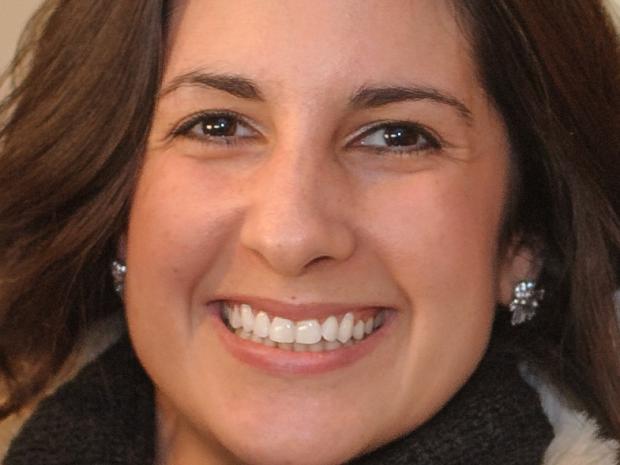Predictive Microstructural Evolution in Extreme Environments Using In Situ TEM

Mechanical and Aerospace Engineering
Department Seminar Series
Professor Mitra L. Taheri
Hoeganaes Associate Professor
Department of Materials Science & Engineering
Drexel University
To gain a greater understanding of the mechanisms that control material properties, researchers often turn to in situ TEM. In situ TEM techniques have improved considerably in recent years with respect to their ability to understand materials behavior with high temporal and spatial resolution. While significant advances have been made in elucidating atomic-scale mechanisms that control properties of polycrystalline materials for a wide range of applications, the need for predictive understanding of material response based on crystal orientation information (grain boundary character, ferroelectric polarization) still exists. This talk discusses the use of TEM-based precession diffraction and strain mapping in conjunction with in situ TEM techniques in “extreme environments,” of high temperature, strain, electrical bias, and irradiation. Case studies of in situ TEM exploration of radiation damage in nanocrystalline iron-based materials, corrosion in zirconium, ferrous, and aluminum alloys, strain-based twin evolution in FCC alloys, and finally, ferroelectric domain switching in multiferroics, will be presented. The multi-scale characterization techniques presented will help provide a connection of the role of structure and interfaces in developing materials for various applications where environments pose a threat to material damage and failure, such as those found in the energy, data storage, and aerospace sectors.
Biosketch
Mitra Taheri received her PhD in Materials Science & Engineering (MSE) from Carnegie Mellon University. While at CMU, she received a US Steel Graduate Scholarship, a Materials Research Society Graduate Student Award, and was inducted as a full member to Sigma Xi research society. During her PhD, she was a visiting scholar at RWTH Aachen University in Germany as well as a visiting scientist at the National Center for Electron Microscopy (LBL) and at Northwestern University’s Center for Atom Probe Tomography. She was an NRC Postdoctoral Fellowship at the Naval Research Laboratory (NRL), followed by a Director’s Postdoctoral Fellowship at Lawrence Livermore National Laboratory (LLNL) in 2006. While at LLNL, she and her group at LLNL won an R&D 100 award, a Nano-50, and a microscopy innovation award for cutting-edge developments in ultrafast microscopy. Taheri joined the faculty at Drexel in the fall of 2008, where she is the Hoeganaes Associate Professor of Metallurgy. At Drexel, she runs the “Dynamic Characterization Group,” which focuses primarily on in situ microscopy of interfaces in metals, composites, and complex oxides, as well as the design and implementation of new microscopy techniques. She was the recipient of both the NSF and DOE Early Career awards.

